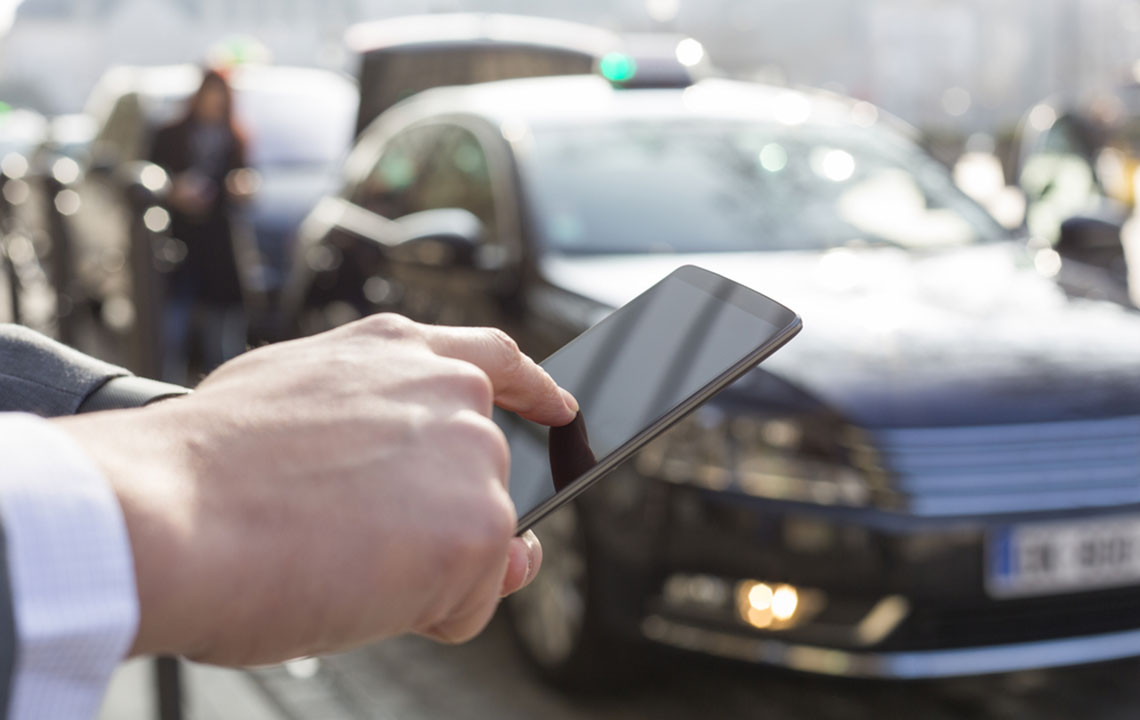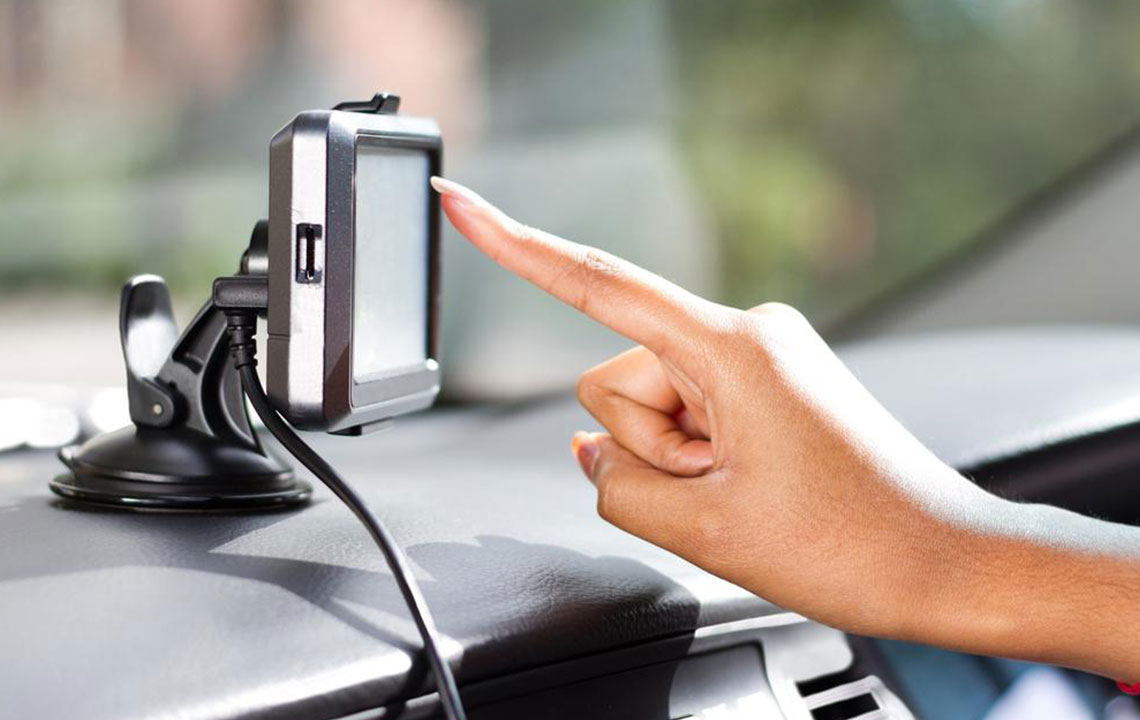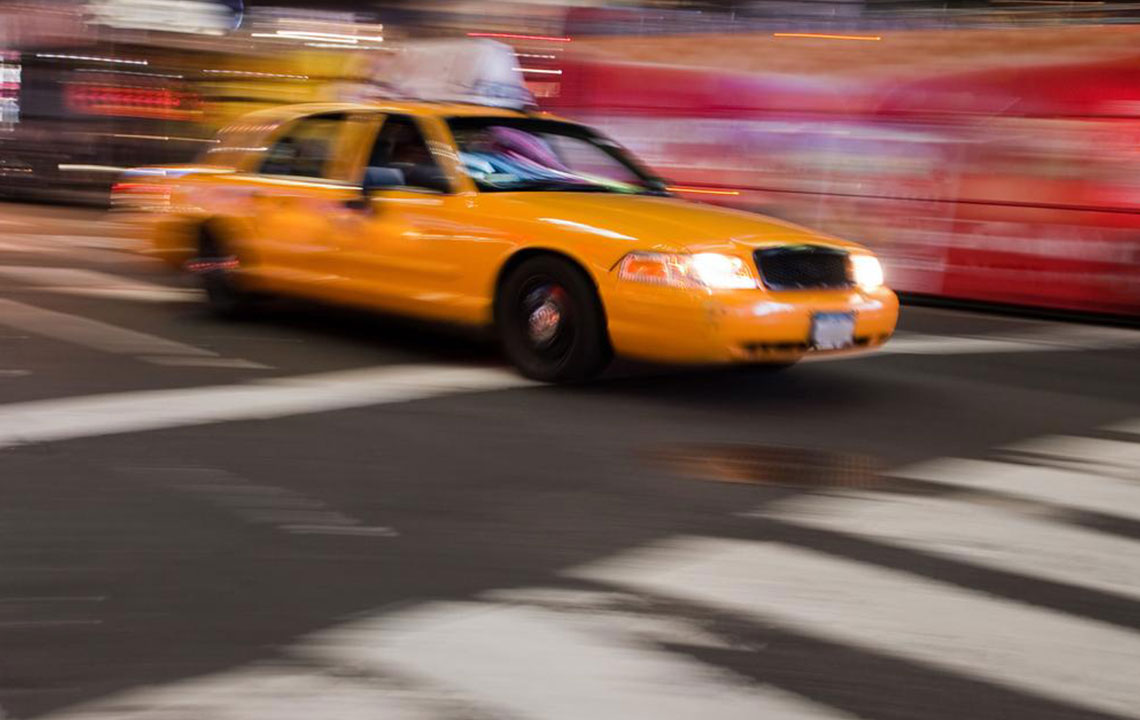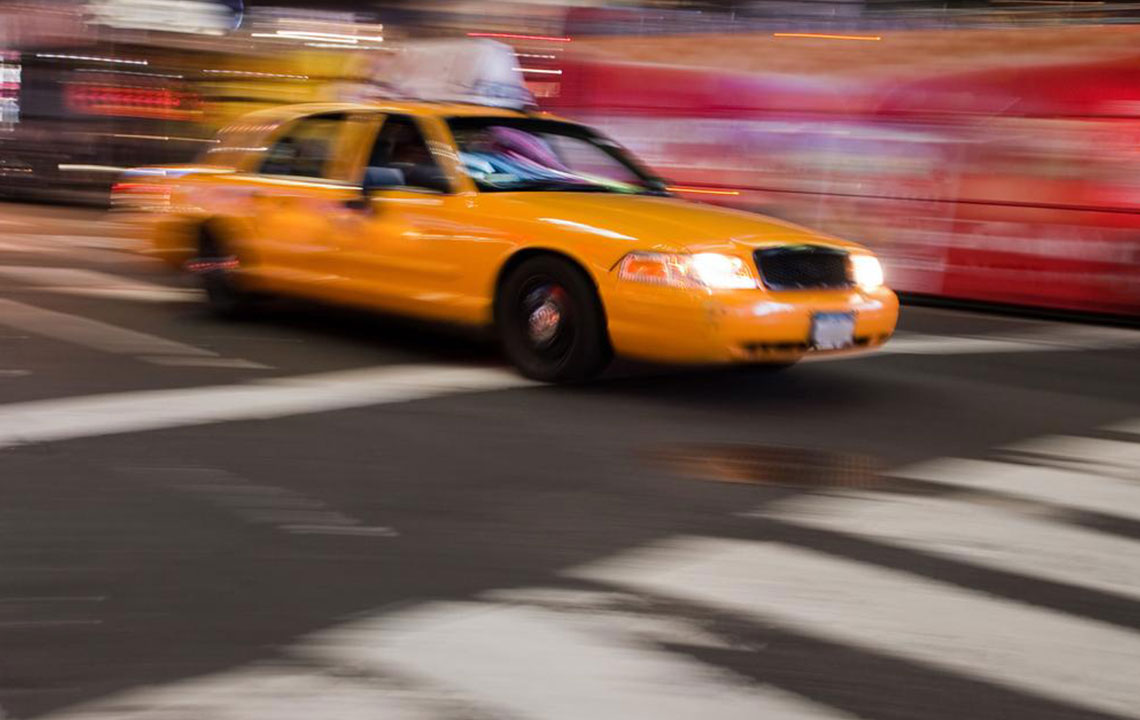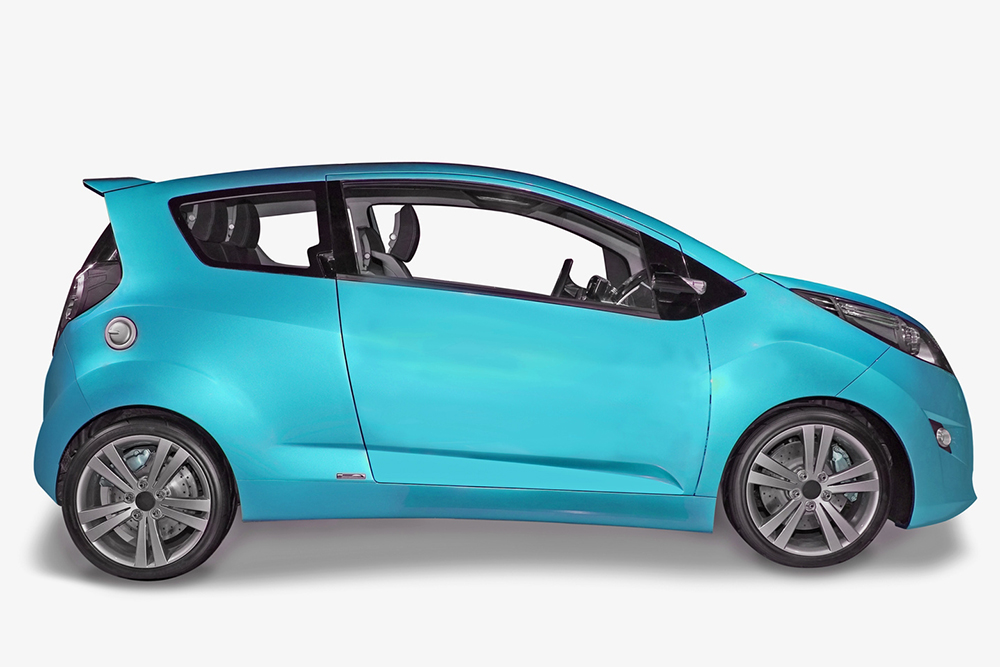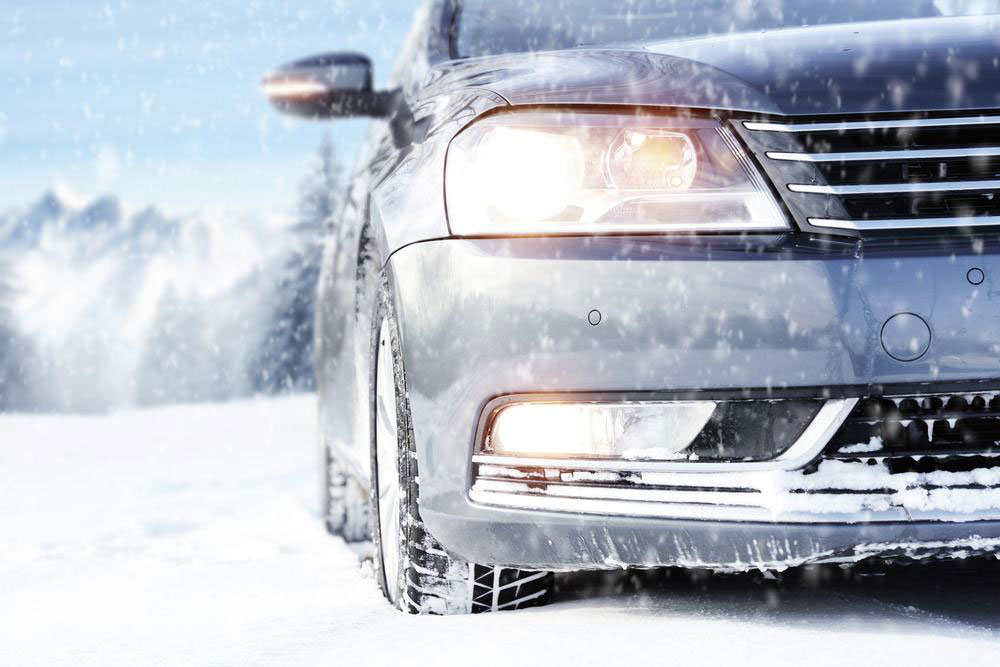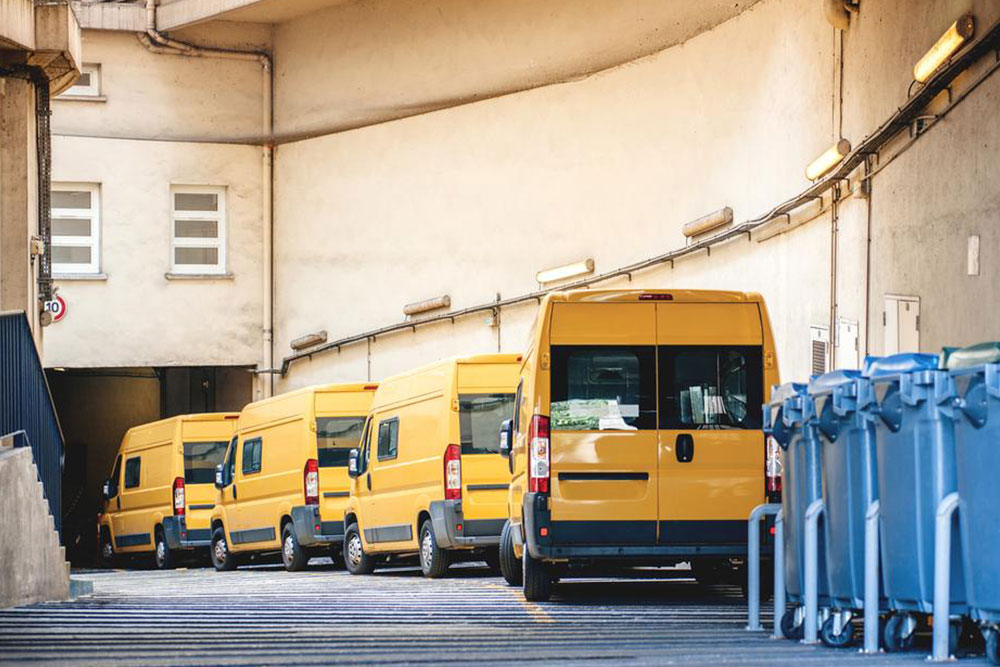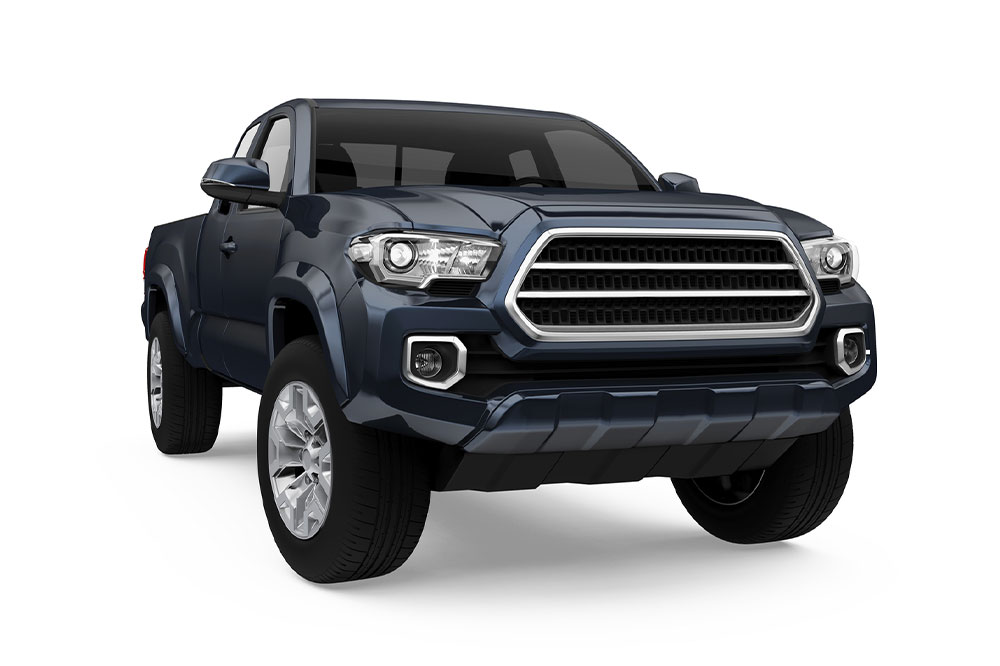Understanding Uber Fare Calculation and Price Factors
Learn how Uber calculates fares, including factors like distance, timing, and surcharges. Understand the different cost components such as pickup fees, surge pricing, tolls, and more. Use the Uber app's fare estimator to plan your trips effectively and estimate costs accurately before booking rides, especially during peak hours or special events.
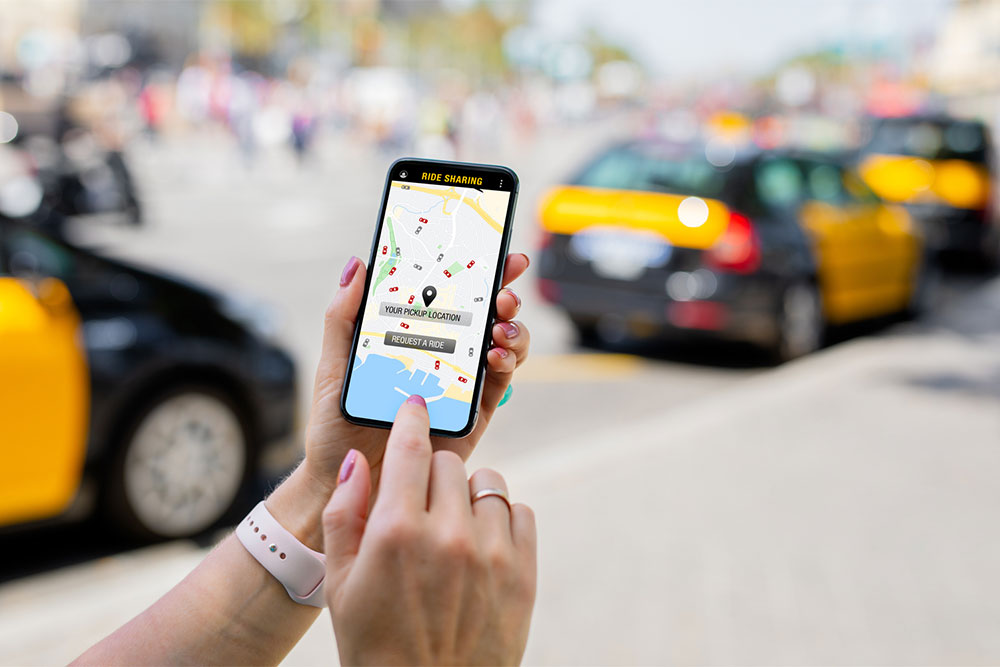
Understanding Uber Fare Calculation and Price Factors
Uber, a leading ride-hailing service, connects passengers with drivers through its mobile app. The fare is primarily based on trip duration and distance, with Uber taking a 20% commission from driver earnings. Familiarity with Uber’s pricing structure helps riders anticipate costs beforehand, making trip planning easier.
Key elements impacting Uber's fare
The total fare depends on location, time, distance, and additional ride details like stops or route changes.
Apart from core factors, surge pricing during busy hours or special events can increase costs. Pricing for different vehicle options, like UberXL versus UberX, varies based on size and capacity. No extra fees are charged for pre-scheduling rides.
How Uber Determines Ride Costs
Uber's fare calculation involves multiple components:
1. Pickup fee
Covers driver’s travel to the pick-up point, ranging from $1 to $10 depending on distance.
2. Service fee
A fee paid by drivers to Uber for platform use, excluding tips, tolls, and taxes.
3. Airport surcharge
Additional fees for pickups or drop-offs at designated airports.
4. Waiting charge
Fees per minute when drivers wait for passengers at the pickup.
5. Price surge
Increased rates during high demand or busy times, multiplying the standard fare.
6. Tolls and additional charges
Fees for passing through toll booths or checkpoints, especially across city boundaries.
7. Cancellation fee
Charged if trips are canceled after a certain period, typically $10 after longer waits.
8. Local levies
Regional fees mandated by government regulations, like fund fees.
9. Sales tax
State or local sales taxes added as a percentage of the fare.
10. Cleaning fee
Applied if the vehicle interior is damaged or requires cleaning due to spills or messes.
11. Fixed upfront fare
Estimated cost based on trip length and duration, paid in advance.
Fares are fixed once agreed upon; changing destination or adding stops may increase the total. If the upfront fare isn’t used, minimum fares or rates based on trip duration and distance apply.
Estimating Uber Costs
To gauge your fare, open the Uber app, set your start and end points, and view the estimated price. This estimate adjusts with traffic conditions and time of day. Surge pricing during peak periods will be flagged, allowing you to decide whether to wait or proceed.
Estimators assist in planning trips, especially for longer or planned outings, by comparing Uber costs with other transportation options like car rentals or public transit.
Per-Mile Charges
Typical costs per mile range from $1 to $2, influenced by route, vehicle type, and timing. During busy hours or high-demand zones, fares may rise or match traditional taxi prices. Historically, Uber was up to 40% cheaper than taxis, but prices can spike during peak demand periods.
Note:
This article offers general insights into Uber fare calculations based on current data. Actual prices vary due to real-time conditions and location-specific factors. Always check the app for the latest estimate before booking. Prices may also fluctuate during surge periods or due to route changes.

